Premium Only Content
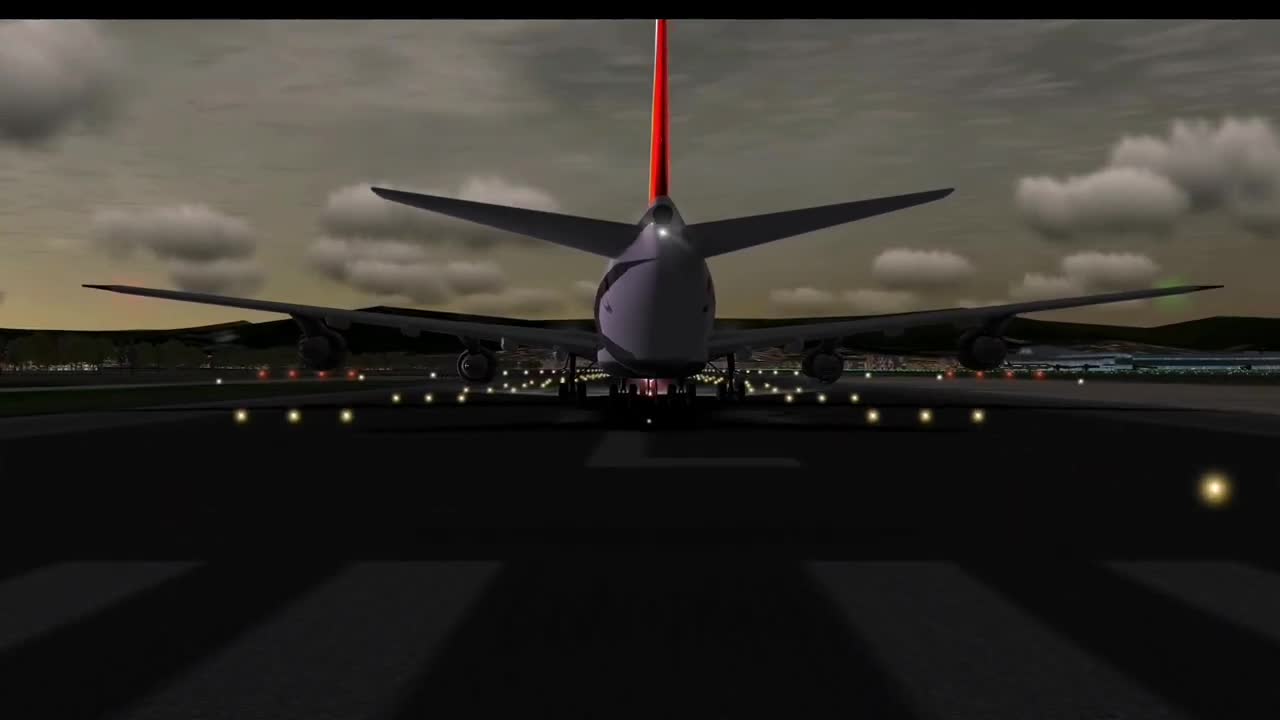
Air crash Investigation: Philippine Airlines 434
Air crash Investigation: Philippine Airlines 434
It was early morning at Pasay. A Boeing 747 was preparing for its regular passenger's flight. The flight was destined for Narita International Airport, Tokyo, Japan with the intermediate stopover at Mactan–Cebu International Airport, Cebu, Philippines.
The flight departed from Manila at 5:35 and landed at Cebu at 6:50 without any notable events.
There were 26 passengers, who got off the plane, while 256 more passengers and 20 cabin crew boarded the flight.
From here, there were 273 passengers and 20 crew members.
The aircraft was a Boeing 747-283BM. It made its first flight on February 17, 1979, and was delivered to Scandinavian Airlines on March 2, 1979. In between the timeframe of June 3, 1983 and March 30, 1992, it flew with Nigeria Airways, Lionair (Luxembourg), and Aerolineas Argentinas. On April 1, 1992, the plane was delivered to Philippine Airlines.
8:38
Flight 434 departed for its destination Tokyo, Japan.
9:00 am
The aircraft was flying at an altitude of 33,000 ft near Okinawa.
The bomb exploded...........
The aircraft banked hard to the right, but the autopilot corrected it quickly.
The explosion blew a hole in the floor and immediately killed a passenger named Haruki Ikegami, who was a Japanese industrial sewing machine maker returning from his business trip.
The bomb also injured additional ten passengers around it.
The explosion destroyed the control cables which controlled the plane's right aileron and the steering controls of both the pilots.
The captain asked the Engineer to check the severity of the blast and declared a Mayday and requested to land at Naha Airport Okinawa.
However, there was another problem. Japanese air traffic controllers were not able to understand the request from the captain. The ATC then asked for help from the American air traffic controllers from a U.S. military base located on Okinawa.
The American ATC directed one of their aircraft towards Philippine airlines 434 to visually check for damage and to verify that the landing gear was in place.
The autopilot was controlling the plane. To land, the crew should disengage it. They might lose control of the aircraft if they disengaged the autopilot but they had no option. The captain instructed the copilot to hold his controls. Then he disconnected the autopilot. Fortunately, the aircraft did not bank but neither it responded to steering inputs from either controller.
The crew was struggling to use the ailerons, which could allow the aircraft to roll. The last option they had was to use the throttles to steer the plane. By using the asymmetric thrust to control the plane, they were able to do so. They also dumped the fuel to lessen the pressure on the landing gear.
At 12:45, the crew was able to land the aircraft at Naha Airport.
Everyone on the plane breathed a sigh of relief. At first, passengers were disembarked followed by crew and the pilots.
Investigation
The passengers boarded the aircraft. Among them was a Pakistani terrorist named Ramzi Yousef. The loose Security made it easier for him to slip through the security check. He brought nitroglycerin hidden in a bottle of contact lens solution. Wires were hidden inside his shoes. To use as a timer, he had a Casio watch.
After the aircraft took off from Manila, he went into the restroom and assembled the bomb.
Then he changed his seat to 26K. He hid the explosive device below the seat where a lifejacket was stored.
The plane landed in Cebu. Yousef disembarked and more passengers bound for Japan boarded.
From here, in-seat number 26k was a 24-year-old Japanese businessman Haruki Ikegami.
The bomb exploded when the plane was flying at 32,000 feet.
The crew was awarded by President Fidel Ramos for their quick thinking and for saving the lives of passengers aboard Flight 434.
FAIR-USE COPYRIGHT DISCLAIMER
* Copyright Disclaimer Under Section 107 of the Copyright Act 1976, allowance is made for "fair use" for purposes such as criticism, commenting, news reporting, teaching, scholarship, and research.
- This video has no negative impact on the original works
- This video is also for research and commenting purposes.
- It is not transformative in nature.
- we only used bits and pieces of videos to get the point across where necessary.
If you have any issues with our "Fair Use", please contact us directly, for an amicable and immediate attention.
-
 0:35
0:35
WFTX
4 years agoDUI crash under investigation in Cape Coral
46 -
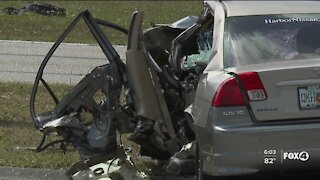 0:19
0:19
WFTX
4 years agoCrash investigation in Cape Coral
210 -
 0:16
0:16
KTNV
4 years agoLVMPD investigation crash with injuries
46 -
 3:42
3:42
WXYZ
4 years agoNTSB beginning investigation into crash
854 -
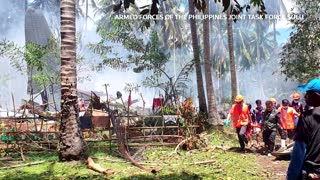 0:55
0:55
Reuters
4 years agoAt least 45 killed in Philippine Air Force plane crash
1.12K2 -
 2:23
2:23
WXYZ
4 years agoInvestigation into fatal plane crash continues
888 -
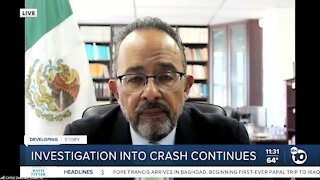 3:53
3:53
KGTV
4 years agoInvestigation continues into deadly Imperial County crash
75 -
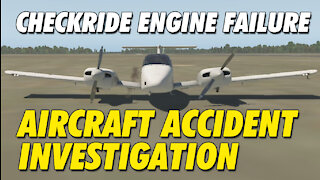 8:56
8:56
AshleyWincer
4 years agoCheckride Engine Failure | Air Crash Investigation | BE76 Duchess
360 -
 0:22
0:22
KTNV
5 years agoCrash investigation in Henderson
33 -
 20:03
20:03
Neil McCoy-Ward
3 hours agoTHE UK 🇬🇧 JUST ENDED 140 YEARS OF FREE SPEECH! (How Did It Come To THIS?!)
13.2K10